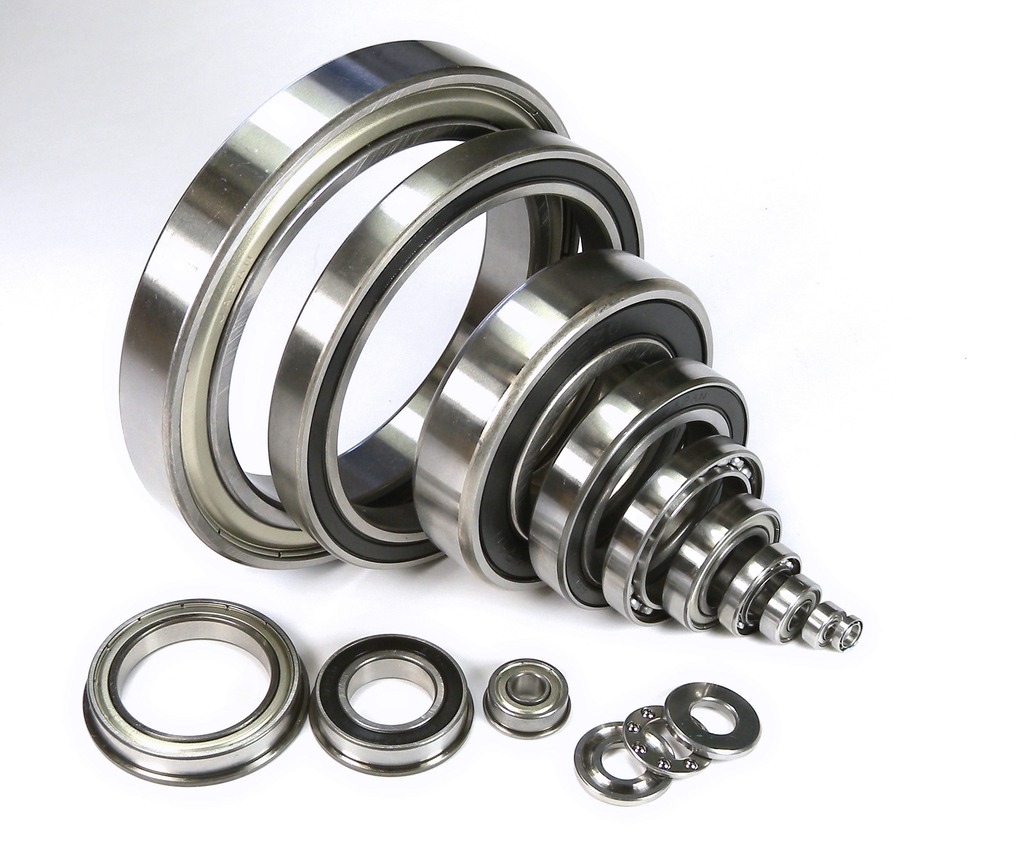

|
Edward Lowton
Editor |


|
Robot accuracy: Importance of bearings
23 November 2018
Quality bearings are integral for improving accuracy in the robotics industry, as Chris Johnson, MD of SMB Bearings, explains

Accuracy describes how closely a robot reaches a commanded position. When the absolute position of the robot is compared to the commanded position, the error calculated is the measure of accuracy.
Alongside repeatability, accuracy is one of the most important characteristics of robotic equipment. If the positioning of the robot is out, even by just 1mm, it can spell disaster for production, and for the condition of the equipment. For example, if a pick-and-place robot accidently hit the side of a bin as it attempted to reach for an item — the impact could damage the robot and shut down operations.
There are several methods of improving accuracy in robotic equipment, including additions to external sensing, such as a vision system or infrared sensors. However, one factor that can improve accuracy in all cases, is selecting the right bearings during the research and development (R&D) stage of bringing a new robot to market.
Bearings may seem like a small consideration across the complexity of the entire process. That said, making the right selection can have a significant impact on the accuracy and effectiveness of the robot.
Space conservation
The space available inside robots is often very limited, with manufacturers aiming to produce smaller and more compact robots — particularly for the growing collaborative robot market. Thin section bearings are suitable for space conservation, as they deliver higher speeds and offer higher levels of design flexibility. These bearings have very little difference in size between the internal and external ring and are light weight and condensed, making them a suitable choice for robots, where both footprint and weight are at a premium.
Thin section bearings may be small, but there’s a lot that can go wrong if you buy just any brand. If the rings are not perfectly formed, even a minute discrepancy will stop the bearing running smoothly, causing fluctuations in the accuracy of the bearing.
This is where the quality department come in during your robot R&D process. By testing samples, quality assurance must check the manufacturing process has ensured the highest possible degree of roundness in both rings, as well as assuring every bearing in the batch is manufacturered to the same high standard.
Tight tolerances
When you buy a batch of bearings, you would expect them to all be the same. Yet, this shouldn’t be taken for granted. Tolerance levels and dimensional accuracy does vary across bearing types, materials and brands. It makes sense that any error in bearing measurement, will carry forward into the accuracy of a robot’s movement.
EZO thin bearings are known for their quality control and advanced manufacturing techniques. This results in very low tolerances and high levels of dimensional accuracy. Similarly, you may have your own testing facilities in house to check tolerance, and we’d encourage you to carry out these tests for yourself.
Optimal grease fill
It’s clear that consistency is crucial — and the same applies to how much lubricant is used in bearings for robots.
As robotic movements need to be predictable and accurate, some friction is essential to ensure control. Trial and error is therefore required to find the correct friction coefficient and its corresponding percentage grease fill for optimum performance.
- Counterfeit bearings: Ongoing problem
- Plastic bearings make the grade
- Material choices for durable bearings
- Bearings for those who aren't bulking up
- Invitation to observe bearing relubrication
- Bearings for robotics: Whitepaper
- Japanese bearings find UK base
- The potential of polymer 3D printing
- Small batch relubrication service
- Stocking up on specialist bearings
- No related articles listed

















